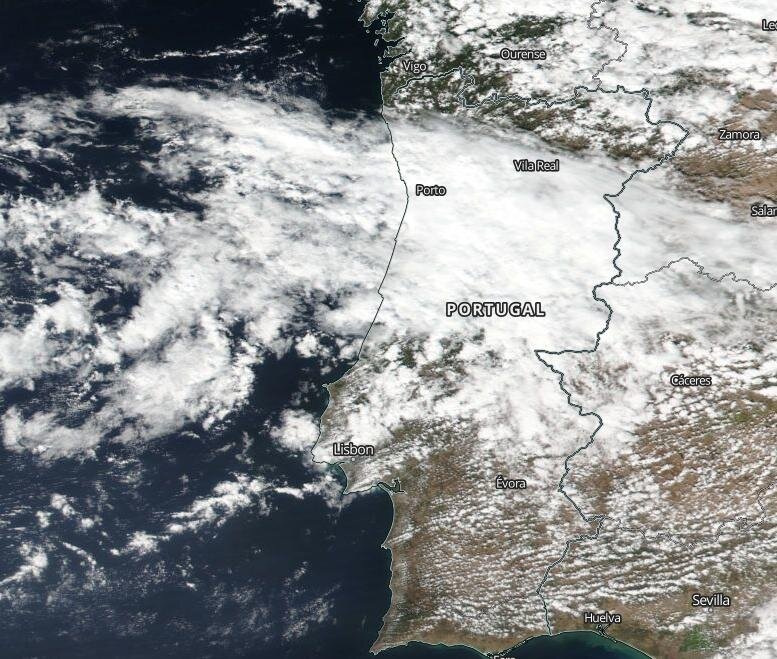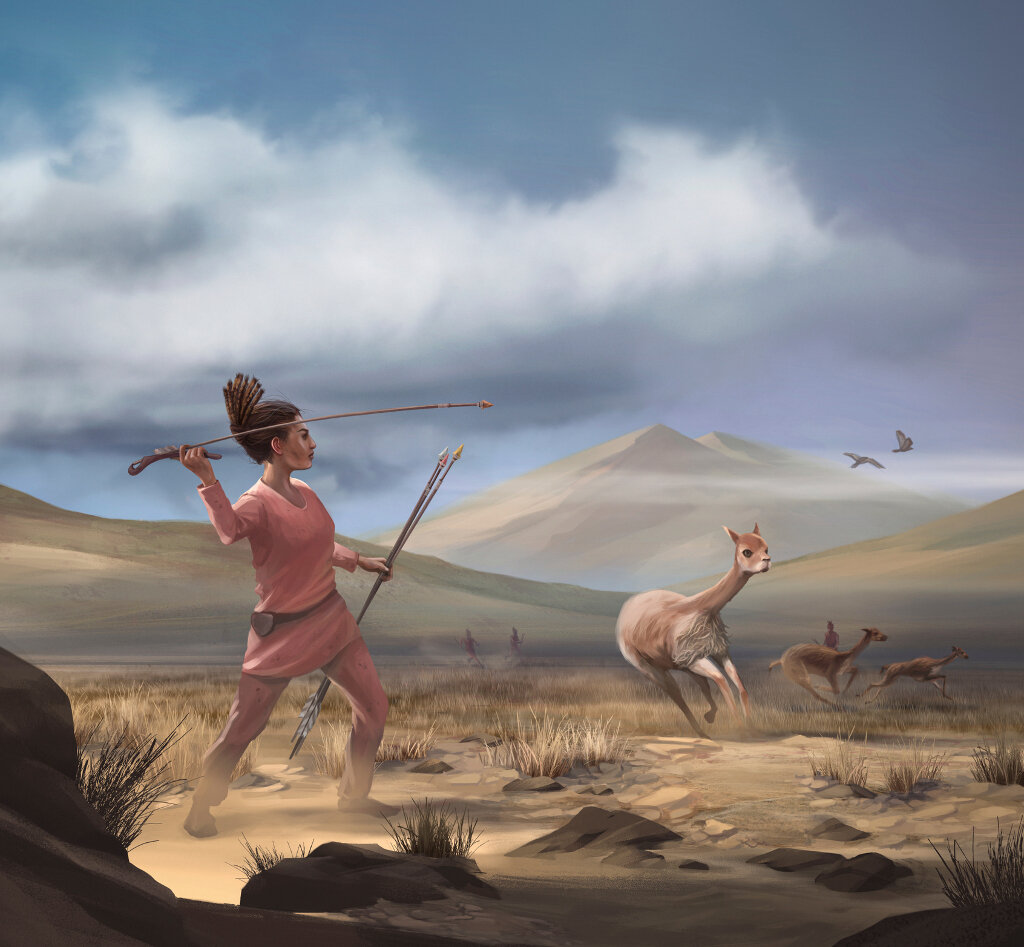#Plant chemistry research examines trends in greening
“#Plant chemistry research examines trends in greening”
“The largest increases in greening were in the places where it was warmest and driest, we think because they have the most marginal gains to be made in response to carbon dioxide and climate change given the changes in plant physiology we observe,” said Brookshire. “Also, much of the Northern Great Plains has experienced increases in rainfall over the past few decades, and we find evidence that this has been a major driver of greening trends.”
However, while the trends in greening varied by geographic location, Brookshire wanted to see if physiological changes in the plants themselves were uniform across the two regions. If so, the most likely cause would be increased atmospheric carbon dioxide. The increase in carbon dioxide is global in extent, and wouldn’t fluctuate regionally, said Brookshire.
To test the physical changes going on inside the plants, Brookshire turned to the MSU Herbarium, which houses thousands of plant samples from across the state, collected over more than 100 years.
“The herbarium is truly a treasure trove of native plant species,” said Brookshire. “We selected four representative species for the ecosystems, three grasses and a sagebrush, and then very carefully sampled small sections of their leaves for chemical and isotope analysis.”
After testing samples from the herbarium, Brookshire’s team returned to some of the locations of the historical plant samples and collected contemporary samples to compare the chemical balances inside the same plant species as many as 100 years later.
Analyzing the chemical and isotope ratios of carbon and nitrogen in the historic and contemporary plant samples, Brookshire found decreased levels of nitrogen and increased levels of carbon in recent samples. They also found that the plants had increased in water use efficiency—the ratio of how much carbon dioxide they take up per unit of water—by more than 30% since the 1970s. These measurements confirmed his hypothesis that the plants were adjusting to changes in the Earth’s atmosphere over time.
“Fundamentally, plants need carbon dioxide, water, sunlight and nutrients, especially nitrogen, to photosynthesize and grow,” he said. “When one of those levers is increased, the others have to adjust. Plants in these ecosystems have adapted to increased carbon dioxide by maintaining a constant ratio between what’s inside their leaves and what’s outside.”
Brookshire said the long-term changes in plant chemistry could have adverse effects on ecosystems. Eventually limitations to greening will emerge, particularly in how little nitrogen plants can survive on.
“Plants cannot increase water or nitrogen use efficiency indefinitely,” he said. “These findings are important to the development of the next generation of ecosystem models as plants will likely have to adjust nutrient acquisition strategies.”
The changing plant makeup could also impact the creatures that eat those plants. With increased carbon dioxide comes increased plant sugars, and decreasing nitrogen comes decreased protein content, which could lead to dietary impacts for herbivores and even changes in the nutrition of crops grown in the Northern Great Plains and Northern Rocky Mountains for human consumption.
“There is a great amount of uncertainty in how climate change, increases in grassland productivity and declines in plant tissue quality are affecting ecosystems across the Northern Great Plains right now,” said Brookshire. “It’s difficult yet important to understand how they will continue to change over the next century and beyond.”
More information:
E. N. Jack Brookshire et al, The greening of the Northern Great Plains and its biogeochemical precursors, Global Change Biology (2020). DOI: 10.1111/gcb.15115
Plant chemistry research examines trends in greening (2020, July 10)
retrieved 10 July 2020
from https://phys.org/news/2020-07-chemistry-trends-greening.html
This document is subject to copyright. Apart from any fair dealing for the purpose of private study or research, no
part may be reproduced without the written permission. The content is provided for information purposes only.
If you want to read more Like this articles, you can visit our Science category.
if you want to watch Movies or Tv Shows go to Dizi.BuradaBiliyorum.Com for forums sites go to Forum.BuradaBiliyorum.Com



